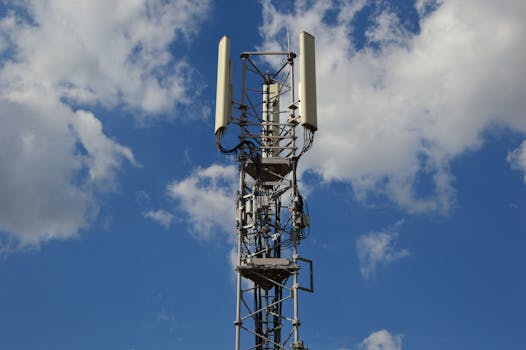GEO Satellites: Understanding the Technology and Its Applications
GEO satellites are a crucial part of modern telecommunications, providing a wide range of services including television broadcasting, telephony, and internet connectivity. In this article, we will delve into the world of GEO satellites, exploring their history, technology, and applications.

GEO Satellites: Understanding the Technology and Its Applications
GEO satellites, or Geostationary Earth Orbit satellites, are a type of satellite that orbits the Earth at an altitude of approximately 36,000 kilometers, remaining stationary relative to a fixed point on the planet. This unique characteristic allows GEO satellites to provide continuous coverage of a specific region, making them an essential component of modern telecommunications. GEO satellites have been in use for decades, with the first launch taking place in 1963. Since then, the technology has evolved significantly, with modern GEO satellites offering a wide range of services including television broadcasting, telephony, and internet connectivity.
History of GEO Satellites
The concept of GEO satellites was first proposed by scientist Arthur C. Clarke in 1945. Clarke suggested that a satellite in geostationary orbit could be used to transmit signals across the globe, providing a means of international communication. The first GEO satellite, Syncom 2, was launched by NASA in 1963. Although it was not a commercial success, Syncom 2 paved the way for the development of modern GEO satellites. The first commercial GEO satellite, Intelsat 1, was launched in 1965, marking the beginning of the modern satellite communications era.
Technology Behind GEO Satellites
GEO satellites are equipped with a range of technologies that enable them to provide a wide range of services. These include transponders, which are used to receive and transmit signals; antennas, which are used to direct signals towards specific regions; and solar panels, which provide power to the satellite. Modern GEO satellites also feature advanced propulsion systems, which allow them to maintain their position in orbit and make adjustments as needed. The satellites are typically launched into orbit using a rocket, and once in position, they use their onboard propulsion system to make any necessary adjustments.
Applications of GEO Satellites
GEO satellites have a wide range of applications, including television broadcasting, telephony, and internet connectivity. They are also used for weather forecasting, navigation, and remote sensing. In addition, GEO satellites play a critical role in disaster response and recovery, providing emergency communications and connectivity in the aftermath of a disaster. With the increasing demand for satellite-based services, the use of GEO satellites is expected to continue to grow in the coming years.
Challenges and Limitations of GEO Satellites
Despite their many benefits, GEO satellites also face a number of challenges and limitations. One of the main limitations is the high cost of launching and maintaining a GEO satellite. Additionally, the satellites are susceptible to interference from other satellites and terrestrial systems, which can impact their performance. Furthermore, the increasing amount of space debris in geostationary orbit poses a significant threat to the long-term sustainability of GEO satellites. To address these challenges, the satellite industry is investing in new technologies and strategies, such as advanced propulsion systems and debris removal systems.



